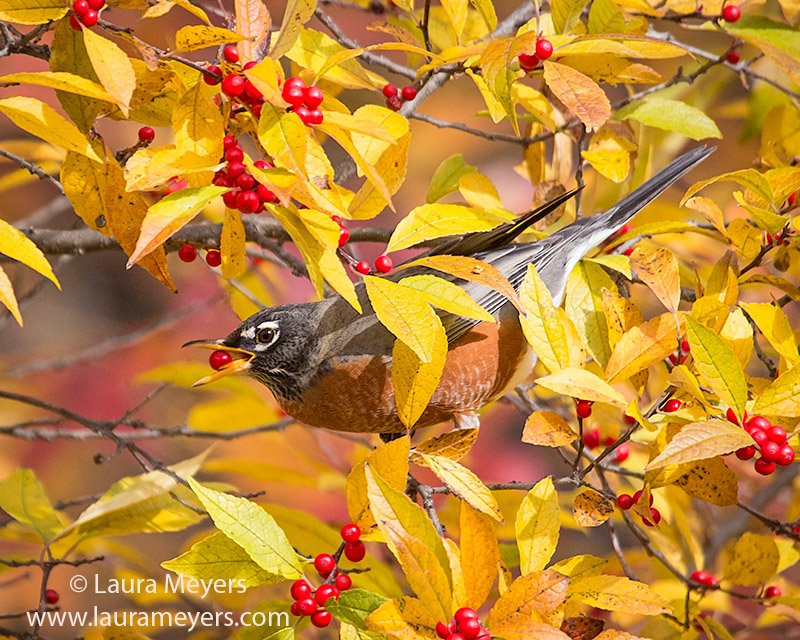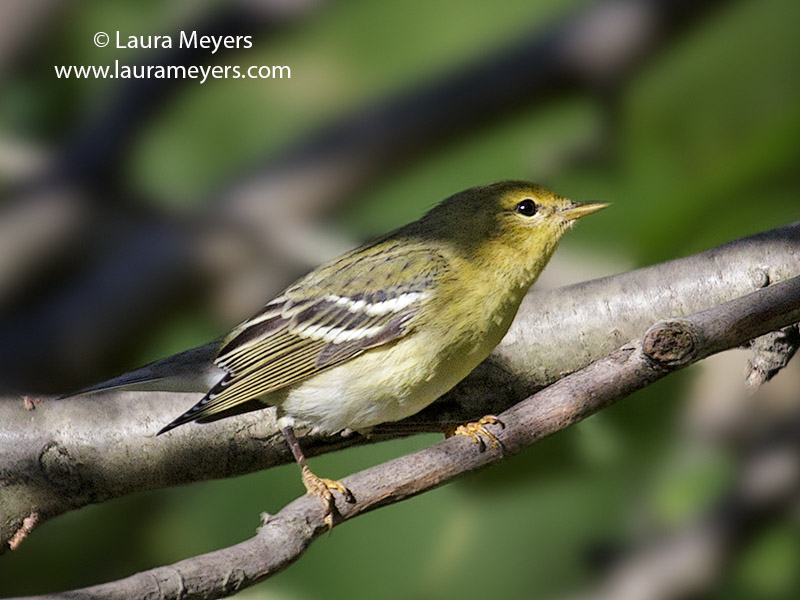Black and White Warbler
Black-and-white Warblers act more like nuthatches than warblers, foraging for hidden insects in the bark of trees by creeping up, down, and around branches and trunks. The photograph of this pretty Black and White Warbler was taken at the New York Botanical Garden in the Bronx in the Twin Lake area.














